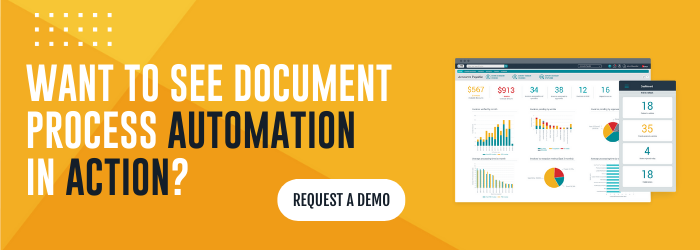Entrance to the Year 2023, it’s an opportune time for finance leaders to review, reassess and rethink their accounts receivable (AR) strategies.
But this prompt is not simply some end-of-the-year contrivance. A shift in mindset is arguably necessary for organisations to maintain a healthy cashflow and resilient business model.
Despite being years removed from the acute phase of the COVID pandemic, many of the challenges created and/or inflamed during that time persist — making it difficult for Accounts Receivable to be the strategic, proactive department required for sustainable growth. These challenges include:
Externally
- Ongoing pandemic
- Increasing inflation
- Supply chain slowdowns
- Geopolitical concerns
Internally
- Talent attraction & retention
- Pace of digitalisation & innovation
- Security risks & data breaches
- Increasing bad debt
Where should Accounts Receivable leaders focus their attention?
Within the invoice-to-cash (I2C) process, there are many areas that AR leaders could focus on. However, sticking to the following four strategies is the simplest, most effective way to adopt a more modern AR mindset.
1. Rethink processes. Be a detective. Is your DSO longer than the industry average? Are partial payments a regular occurrence? Do your team members lack engagement and/or struggle to stay on top of late-payment reminders? These are all tell-tale signs that your AR performance is lacking and cashflow issues might be in store in 2023 or beyond.
2. Rethink collaboration. Collaboration within AR and across other departments (e.g., sales, IT, customer service, etc.) is one of the most overlooked yet all-important factors in minimising cashflow risk and maximising the value to the business. Can your current people, processes and technologies do the following:
• Collaborate with others anytime, anywhere?
• Easily start & save conversations?
• Support multi-solution scenarios?
If not, your AR operation might be a prime candidate for modernisation, particularly as we enter into yet another year of uncertainty.
3. Rethink analytics. As CFOs and other finance leaders play a more strategic and value-driving role within organisations, access to analytics has become even more important in day-to-day decision-making and long-term forecasting.
That’s why it’s essential to rethink data’s role within your AR department, aiming for an environment where users can instantly view data related to performance monitoring (DSO, BPDSO, CEI, disputes, etc.), customer insights (business history, payer performances, credit risk management, etc.), and even predictive analytics (payment predictions, collections forecast, etc.).
4. Rethink customer experience. The business impact of building loyalty among existing customers and differentiating your company from competitors is undeniable. That’s why it’s essential that finance and AR teams are doing everything in their power to address some of the core desires of today’s customers, which includes:
• Letting them pay you however they prefer (cards, direct debit, etc.)
• Increasing transparency & data accessibility by offering them a convenient portal to track invoices, make payments, view statements and more
• Becoming a business that’s easy to do business with (rapid onboarding, timely payment allocation, etc.)
Stayed tuned for Part 2 of the Rethinking Receivables blog series, as we explore the impact of AI-driven automation solutions on AP performance and what it means to the stakeholders throughout your company.
In the meantime, read Esker’s latest white paper, Rethinking Receivables to learn more about how to use AI technology to retain talent, secure revenue and realise your digital potential.
-Written by, Dan Rogney


